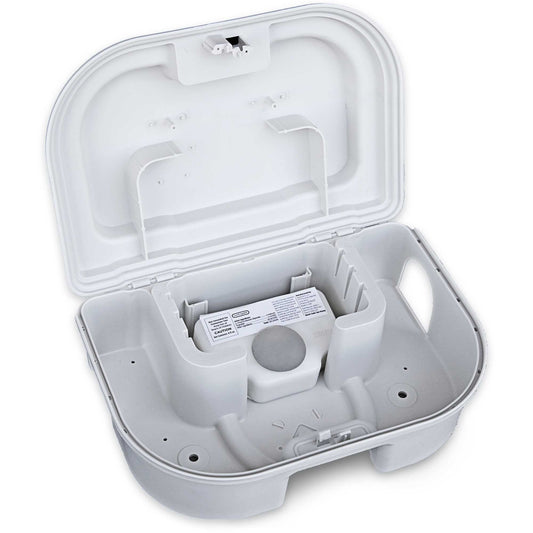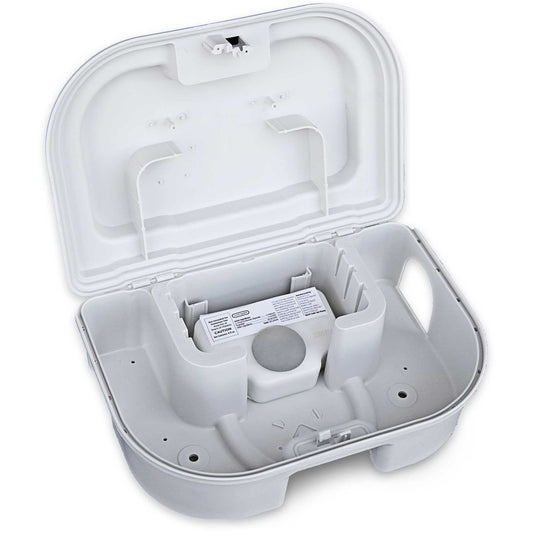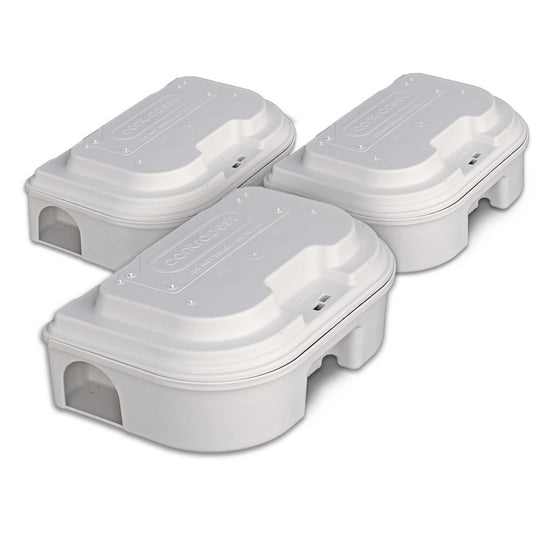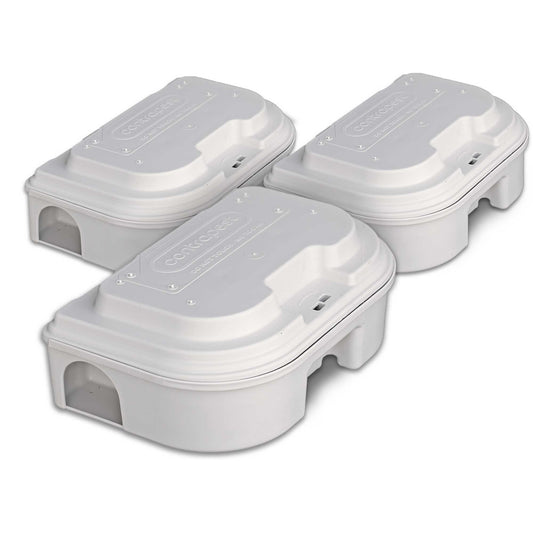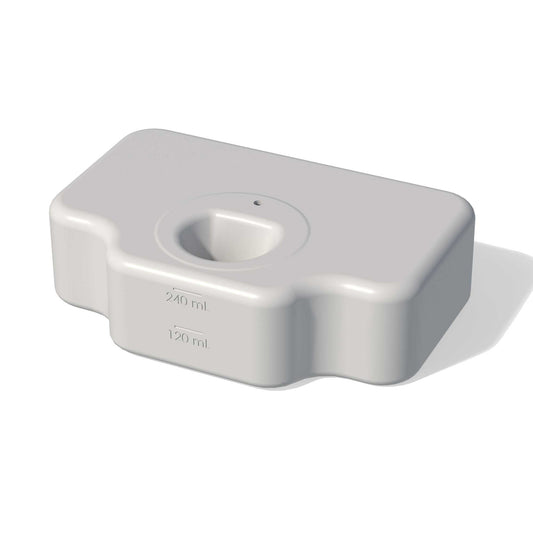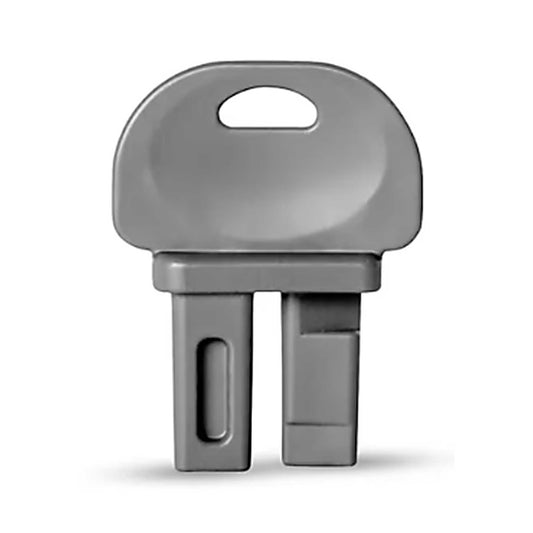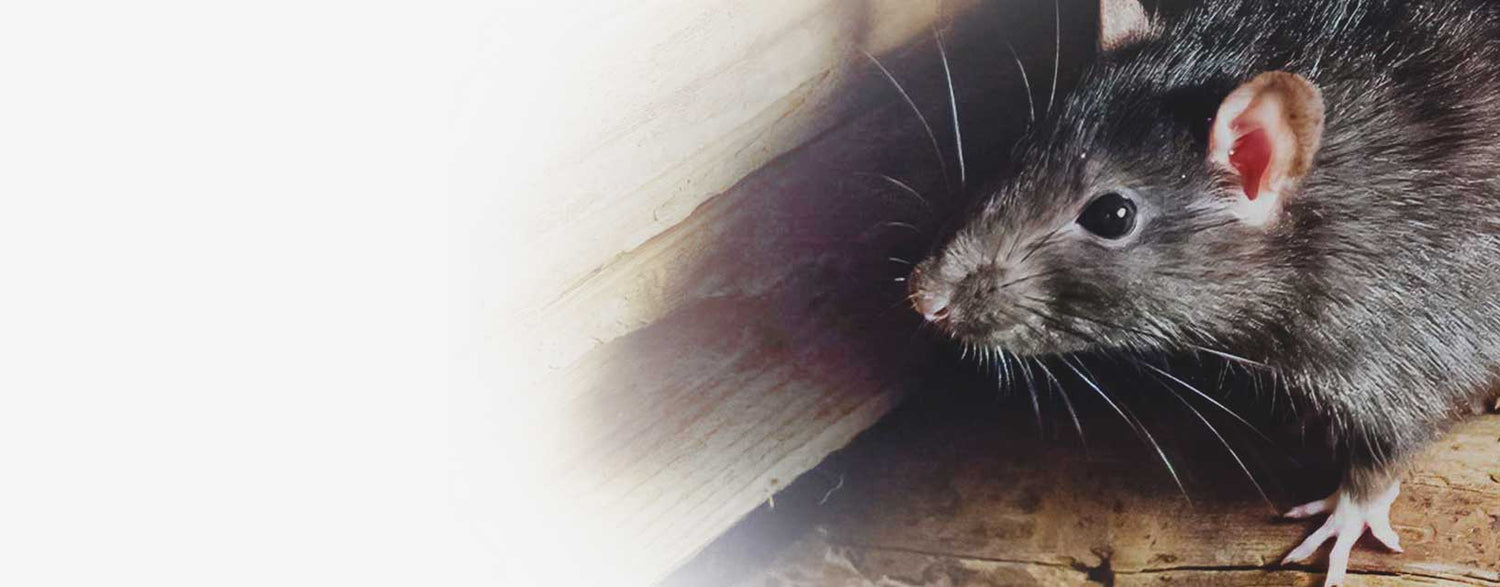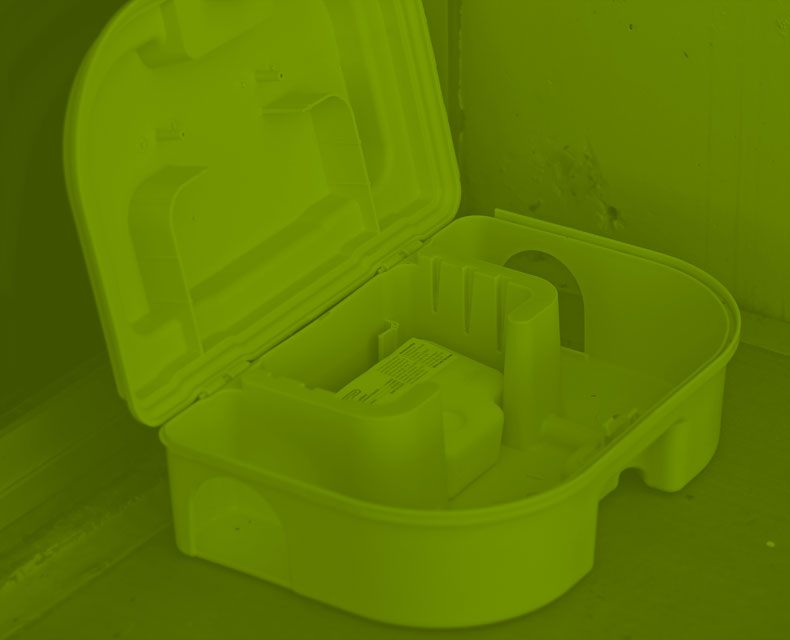ContraPest Bait System For Rats
Discover the power of effective rat birth control with the Isolate Bait System™. This innovative solution utilizes a highly palatable liquid rat bait, ContraPest®, to act as a rat contraceptive, helping you manage rat populations efficiently. Ideal for various environments, the Isolate Bait System ensures targeted delivery and effectiveness. Enhance your pest control strategy with this reliable and humane approach to rat population management.
For ContraPest liquid Rat Birth control®
Shop now
Starter Kit, Isolate Bait System™ with ContraPest®
Starter Kit, Isolate Bait System™ with ContraPest® (Weighted Block)
XL Starter Kit, Isolate Bait System™ with ContraPest®
XL Starter Kit, Isolate Bait System™ with ContraPest® (Weighted Block)
Refill, Isolate Bait System™ with ContraPest®
Replacement Key, ContraPest® Bait Station
Is a Rodenticide Good Enough?
Learn how adding Evolve soft bait or ContraPest liquid to your Integrated Pest Management (IPM) program targets the source of an infestation for long-term success.
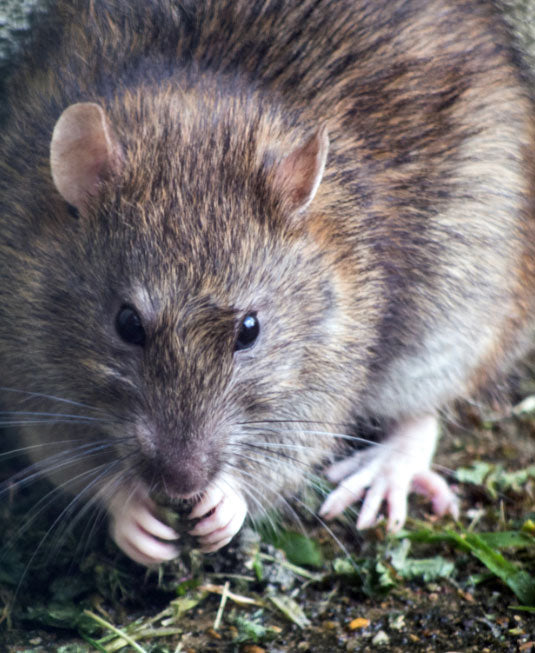
About Norway rats
The Norway rat (Rattus norvegicus) is known by many alternate names: the sewer rat, brown rat, water rat, wharf rat, and gray rat are a few examples. This rat is considered common across the United States. Norway rats will typically nest in the ground, in wall cavities, or under discarded materials in your yard or garage.
How do I identify a Norway rat?
- Blunt nose, small ears, and small eyes
- Brown fur lightens toward the underside
- Tail and ears are hairless and covered in scales
- Tail is short compared to body
- Larger rats, up to 18 inches long. Weighs 12-16 ounces (or weights up to 1lb)
What do Norway rats eat?
Norway rats eat a variety of foods but prefer proteins and carbohydrates. Food items from household garbage provide these rats with a balanced diet. They will eat meats, fish, cereal grains, livestock feed, and fresh fruits. They will also kill and eat various small reptiles, mammals, birds, and insects.
Norway rats need an abundant supply of water for survival (roughly 10% of their body weight every day). If infesting the inside of your home, they will seek out water from toilets, sinks, and even condensation collecting on utility pipes. Outdoors, they will search for areas where water collects, like rain puddles.
- Choosing a selection results in a full page refresh.

